Alsace
The Alsace region lies between the Vosges mountains and the French border with Germany, marked by the Rhine river. A long, thin region, it measures 115 miles (185km) north to south and just 25 miles (40km) from east to west. The key viticultural areas here are all located on the lower hillsides of the Vosges, on slopes with east and south-easterly aspects.
The Vosges play a vital role in defining the region's terroir; they not only provide protection from the prevailing westerly winds, but also cast a rain shadow over the area, contributing to the low rainfall of its continental climate. They are at their most dense in the southern half of Alsace, where the peaks reach roughly 4,600ft (1,400m). The glacial activity which created the mountains has also significantly impacted the region's topography and soils. These vary from sandstone, granite and volcanic rock types in the foothills, to clay-rich limestone and marlstone on the alluvial plains below.
Alsace is the only French wine region to grow significant quantities of Riesling and Gewurztraminer. Both of these varieties are more commonly associated with German wines, and serve as a reminder of Alsace's history. Pinot Gris, a variety typically marginalised in other French regions as a blending component, is another of the region's specialties. Sylvaner and Muscat are also traditional Alsace grape varieties, as are Chasselas and Auxerrois although the latter two tend to be used not in single-variety wines but in blends.
Alsace's wines are produced under three key appellations: Alsace and Alsace Grand Cru for still white wines (both sweet and dry), and Crémant d'Alsace for sparkling. Almost all wine produced in this region fits into one of these three designations.
White varietal wines make up 90% of production here, from the varieties stated above. Key variations in wine styles are marked by their residual sugar levels, which cover the entire sweetness spectrum from bone dry to lusciously sweet. In 1983, the official terms Vendanges Tardives and Selection de Grains Nobles were introduced to define and categorise sweet Alsace wines. They remained unique to the region for some time, but are now used in other French appellations such as Jurancon and Côteaux du Layon.
Although significantly outnumbered by white wines, red wines are also made here, mostly from Pinot Noir. Alsace Pinot Noirs are typically lighter-bodied and more rustic than those produced in the variety's homeland Burgundy, 140 miles (225km) to the south-west. That said, climate change and warmer summers are leading the region's winemakers to produce noticeably more powerful styles of Pinot Noir.
Dotted along the length of the region are 51 sites marked out as being of particular distinction; the Alsace Grand Cru vineyards.
-
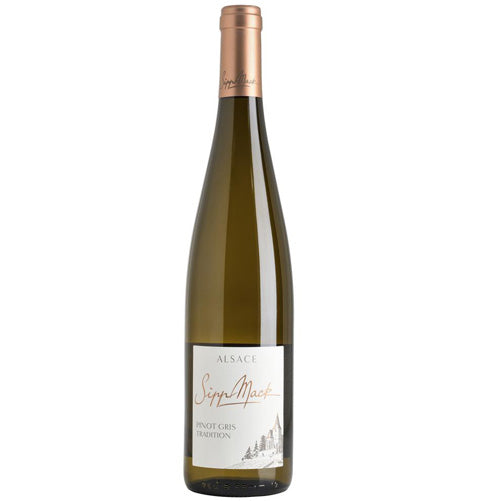 Sale
£19.13
Sale
£19.13Sipp Mack Pinot Gris Tradition
Sipp MackSipp Mack Pinot Gris Tradition is pale yellow with golden highlights. Nuances of toast and smoke on the nose, backed by honeyed white fruits and a ...
View full details -
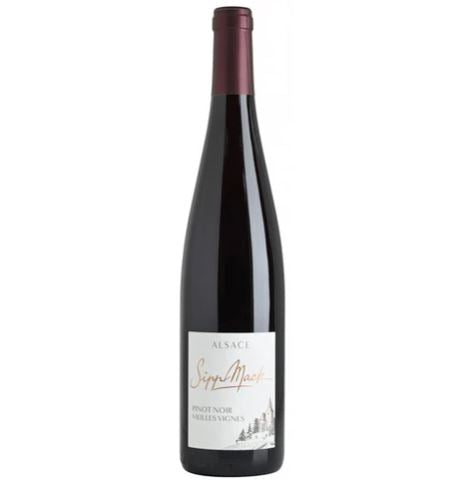 Sale
£17.92
Sale
£17.92Sipp Mack Pinot Noir Vieille Vignes
Sipp MackThis fantastic organic Pinot Noir is a real favourite of ours. It has a delightful, bright ruby colour in the glass, the nose is plentiful in cherr...
View full details -
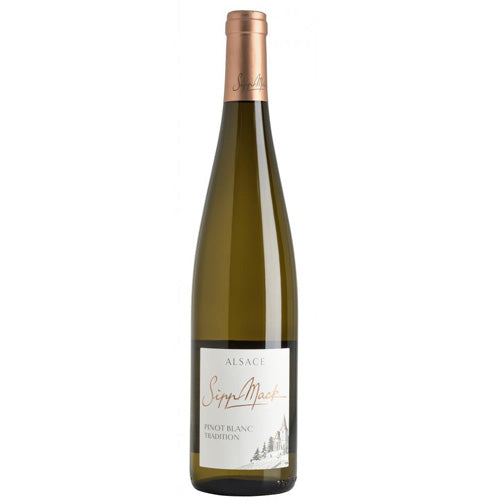 Sale
£14.04
Sale
£14.04Sipp Mack Pinot Blanc
Sipp MackSipp Mack Pinot Blanc is open and fresh on the nose, with aromas of acacia flowers. Rich, floral flavours mix with peach and pear fruit and very fo...
View full details -
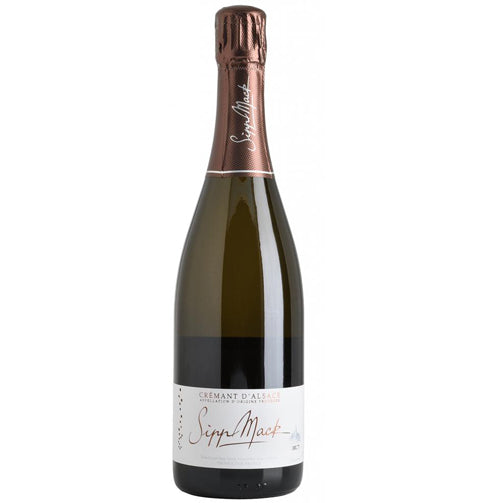 Sold out
£19.69
Sold out
£19.69Sipp Mack Cremant d'Alsace N/V
Sipp MackWhat a wonderful way to start a party! This Cremant d'Alsace is made from Pinot Blanc, Chardonnay and Pinot Noir grapes that have undergone traditi...
View full details -
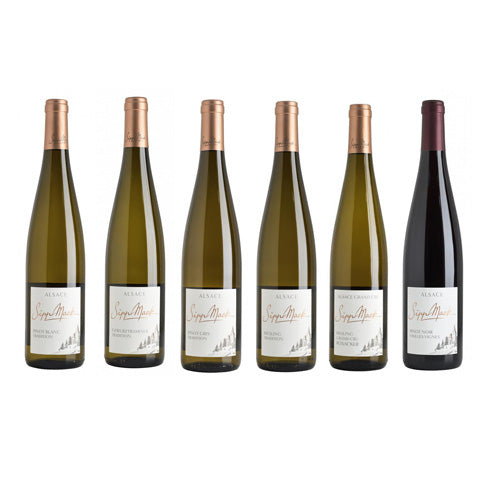 Sold out
£109.99
Sold out
£109.99Domaine Sipp Mack - Alsace Mixed Case - Naturally!
MixedJacques and Laura Sipp are two of the world's most lovely people and they're making some of the world's greatest wines too. Based in the picturesqu...
View full details





